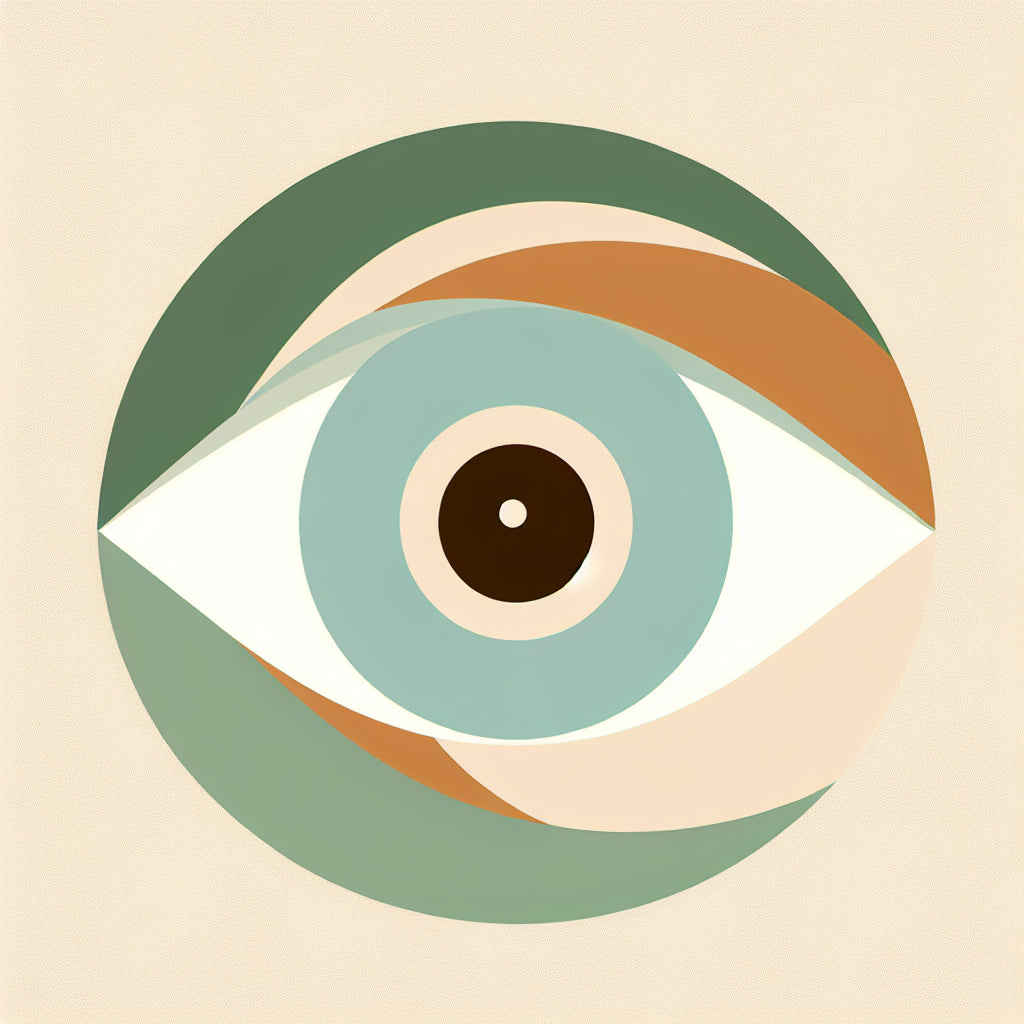
How vision tests can predict dementia early
Share
Early signs of cognitive decline
The eyes are not only windows to the soul but also to the brain's health. Recent research highlights how early changes in visual sensitivity can indicate cognitive decline, potentially signaling dementia up to 12 years before formal diagnosis. This finding underscores the importance of regular eye exams, which could become a non-invasive early warning system for this debilitating condition.
Visual sensitivity and dementia risk
In a comprehensive study involving over 8,000 participants, researchers discovered that those who later developed dementia showed notable delays in recognizing certain visual patterns compared to those who did not develop the condition. This test involved identifying shapes amidst moving dots, a task that challenges the brain's visual processing capabilities. The results suggest that visual processing impairments could be among the first signs of Alzheimer's disease, preceding even memory loss.
Impact of visual impairments on daily life
Alzheimer's disease affects various aspects of visual processing, such as contrast sensitivity and color perception, particularly in the blue-green spectrum. These changes can subtly influence daily activities and safety, such as driving, long before individuals or their families notice significant memory issues. Additionally, difficulties in eye movement control, which help us ignore distracting stimuli, could further complicate everyday interactions and tasks.
Research on improving memory through eye movement
Interestingly, there is evidence to suggest that encouraging certain eye movements might enhance memory retention. Studies have shown mixed results, but some indicate that specific eye movement exercises could bolster memory, particularly autobiographical memory. This line of research opens up potential non-pharmaceutical interventions to mitigate memory decline, which could be particularly beneficial in the early stages of dementia.
Challenges in using eye movements as diagnostic tools
Despite promising research, the application of eye-tracking technology in diagnosing Alzheimer's remains limited outside of laboratory settings. The main hurdles include the high cost of eye-tracking technology and the specialized training required to analyze the data. Until these technologies become more accessible and user-friendly, their use in routine clinical practice will likely be restricted.
Conclusion
The connection between eye health and brain health is becoming increasingly clear, with vision tests offering a promising avenue for early detection of cognitive decline. As research continues to evolve, these findings could lead to earlier interventions and better outcomes for those at risk of dementia, highlighting the critical role of eye health in overall long-term well-being.